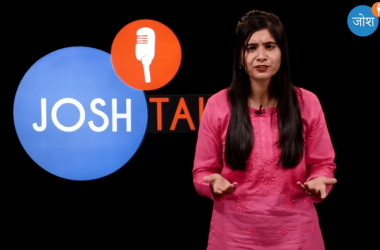Personal loans are unsecured loans that are granted based on your creditworthiness and financial history. Unlike a secured loan, you do not need to provide collateral to obtain a personal loan. Personal loans can be used for various purposes, such as consolidating high-interest debt, home improvement, emergency expenses, or major purchases.
Before applying for a personal loan, it’s essential to understand how it works, the different types of personal loans, and the factors to consider when choosing a personal loan. Let’s try to understand everything you need to know before you apply for a personal loan.
How do personal loans work?
Personal loans are installment loans, which means you borrow a fixed amount of money and pay it back with interest over a set period. The interest rate and the repayment term length depend on several factors, such as your credit score, income, and loan amount.
ADVERTISEMENT
When you apply for a personal loan, the lender will evaluate your creditworthiness by checking your credit score, income, employment history, and debt-to-income ratio. Suppose you have a good credit score and a stable income. In that case, you are more likely to qualify for a personal loan with a lower interest rate and better terms.
Types of personal loans
There are two main types of personal loans: secured and unsecured.
Secured personal loans require collateral such as a car, home, or savings account. Since collateral is involved, secured personal loans usually have lower interest rates than unsecured ones. However, the lender can seize the collateral if you fail to repay the loan.
ADVERTISEMENT
Unsecured personal loans do not require collateral but usually have higher interest rates than secured personal loans. Unsecured personal loans are granted based on your creditworthiness, income, and debt-to-income ratio.
Factors to consider when choosing a personal loan
- Interest rate: The interest rate is the cost of borrowing money and is expressed as a percentage of the loan amount. The interest rate depends on your credit score, income, and loan amount. A lower interest rate means lower monthly payments and less overall interest paid over the life of the loan.
- Loan term: The loan term is when you have to repay the loan. A longer loan term means lower monthly payments but more overall interest paid over the life of the loan. A shorter loan term means higher monthly payments but the less general interest paid over the life of the loan.
- Fees: Some lenders charge fees such as origination fees, prepayment fees, and late fees. Ensure you understand the fees associated with the loan and factor them into the total cost.
- Repayment flexibility: Some lenders offer repayment flexibility such as deferment or forbearance options if you experience financial hardship. Ensure you understand the repayment options and choose a lender with the necessary flexibility.
- Lender reputation: Choose a lender with a good reputation for customer service and transparent lending practices. Check the lender’s reviews online and compare their rates and terms with other lenders before deciding.
Conclusion
In conclusion, personal loans can be a valuable tool for managing your finances if used wisely. Before you apply for a personal loan, understand how personal loans work, the different types of personal loans, and the factors to consider when choosing a personal loan. By researching and choosing the right lender, you can find a personal loan that meets your financial needs and fits your budget.
ADVERTISEMENT








